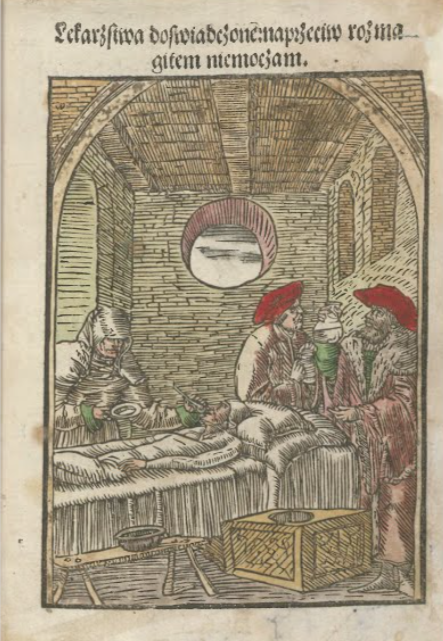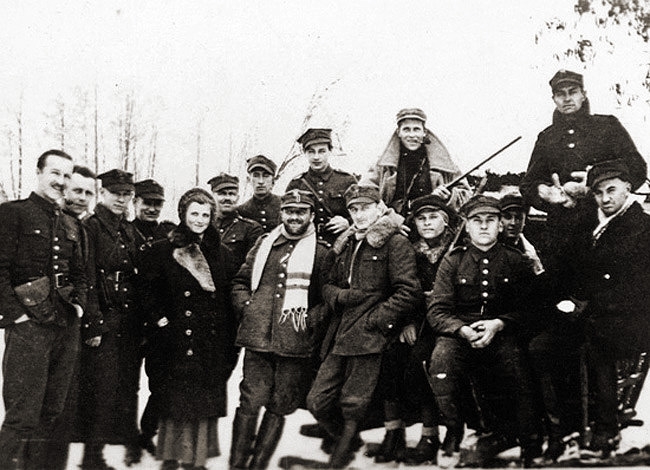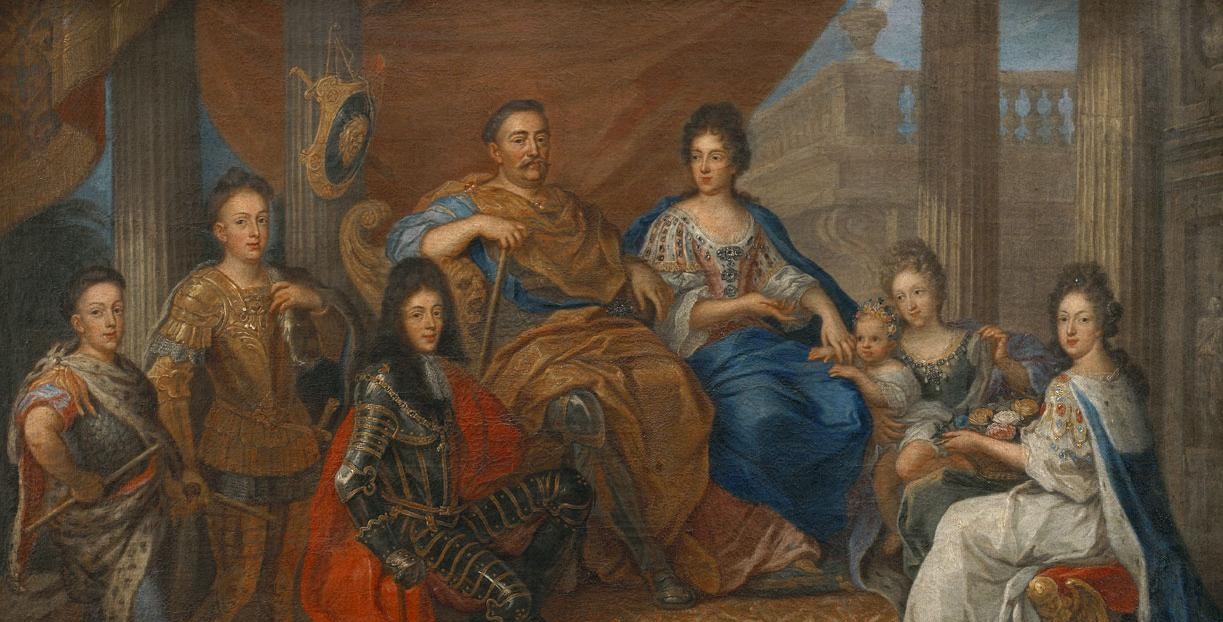‘Gardens of Health – the First Polish Printed Herbaria’, ‘On the Practical Use of Herbaria’ and ‘Towards Scientific Illustration’ are the titles of the modules that make up an online exhibition devoted to the earliest Polish printed herbaria. Prepared by the Artes Liberales Faculty of the University of Warsaw and the Polish History Museum with the research collaboration of the Faculty of Polish and Classical Philology of the Adam Mickiewicz University, the exhibition is available in Polish and English on the international Google Arts&Culture platform.

It consists of three modules. The first is devoted to the history of herbaria published in Poland – from Aemilius Macer’s 1532 poem on medicinal properties to various editions of the ‘garden of health’ (hortus sanitatis), popular all over Europe, by Stefan Falimirz, Hieronim Spiczyński and Marcin Siennik. The module can be viewed HERE.
The second module is about the practical use of herbaria. Information on the healing properties of plants, animals or stones was of great value and enjoyed popularity. The oldest Polish herbal and medical encyclopaedias, pharmacopoeias, offer advice on how to soothe various pains, heal wounds, improve one’s beauty, prepare medicines, carry out bloodletting and the cupping therapy, as well as how to help ill people and animals. This advice is often based on the magical properties of various substances or natural objects. The module can be viewed HERE.
The third module shows the journey towards scientific illustration. Plants painted from nature were depicted on the pages of herbaria as early as the Renaissance, and with the birth of printing, illuminated decoration was replaced by woodcuts. Herbaria published in Poland were also decorated with numerous woodcuts, sometimes coloured afterwards. The richest graphic design is represented by the herbarium of Simon Syrenius, published after his death in 1613, thanks to the efforts and funds of the botany lover Anna Vasa, sister of King Sigismund III. The module can be viewed HERE.
Concept and texts: Dr Katarzyna Krzak-Weiss, Professor of Adam Mickiewicz University, and Dr Aleksandra Jakóbczyk-Gola
Graphics: Tomasz Kandziora





